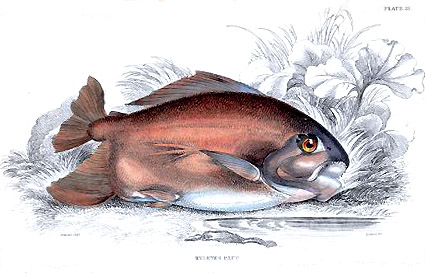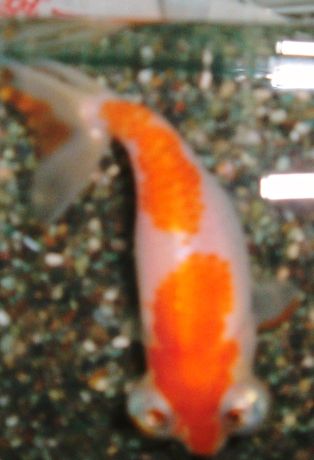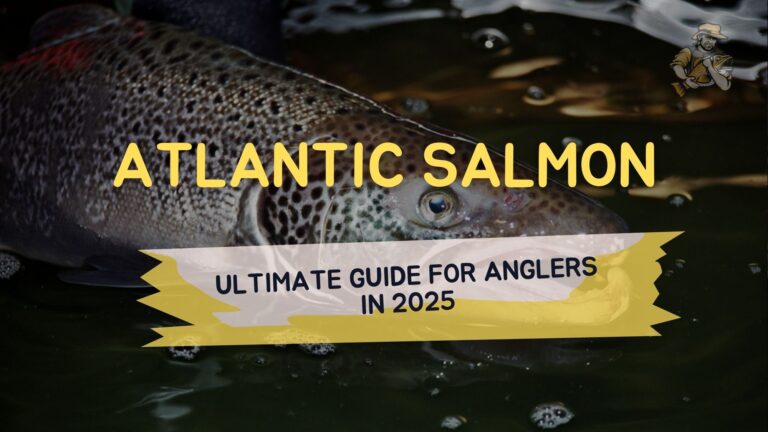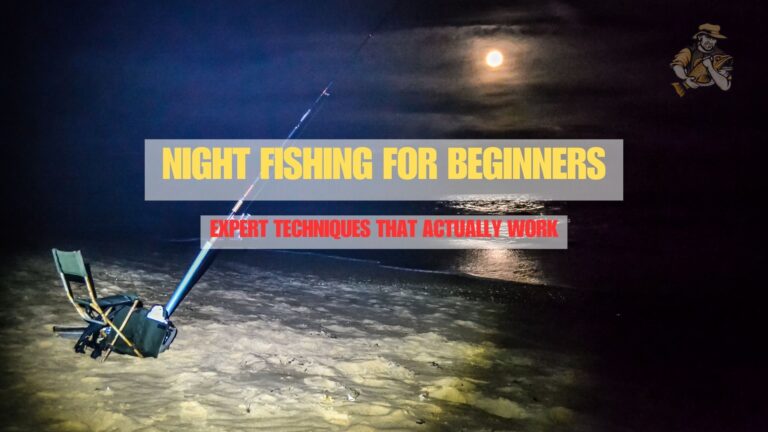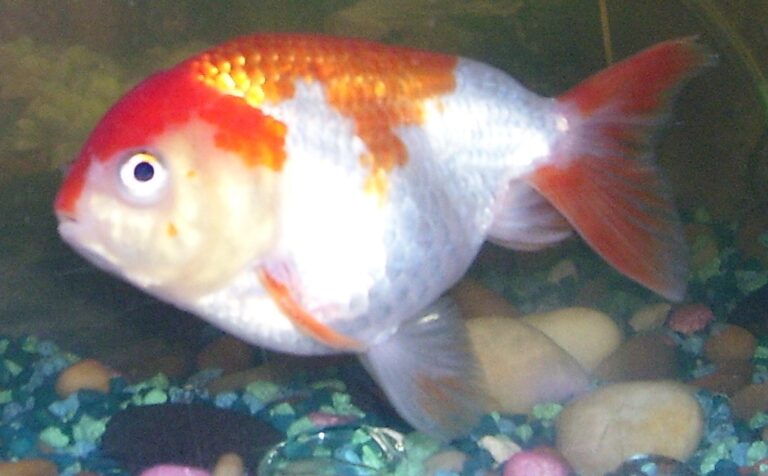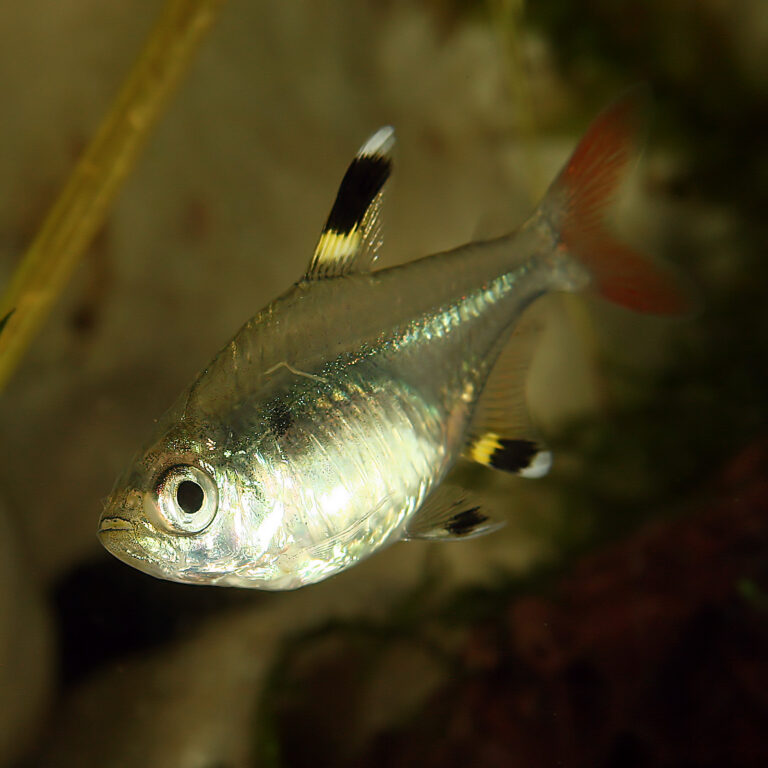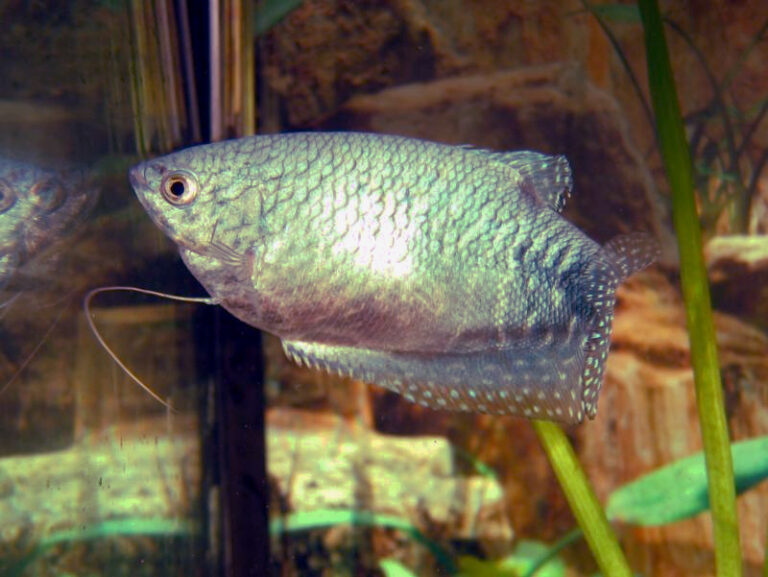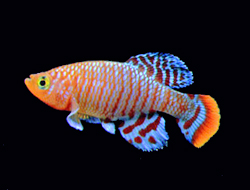Fishing in Long Beach: Best Guide (Local Secrets Revealed)
By Adam Hawthorne | Last Modified: April 27, 2025
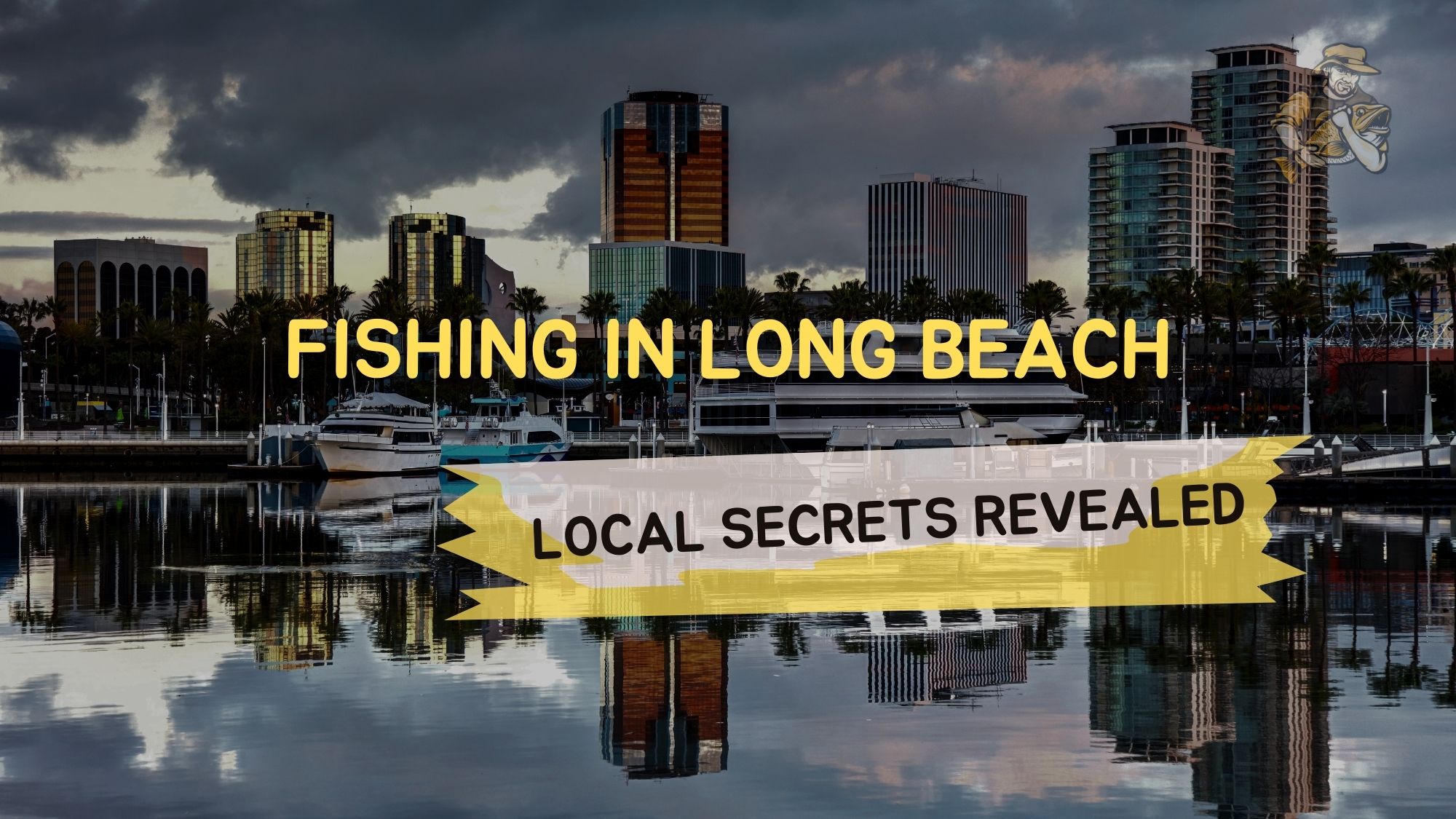
There’s something magical about casting a line along the Southern California coast, especially when fishing in Long Beach. I’ve spent countless early mornings and lazy afternoons exploring these waters, from the bustling Belmont Pier to the peaceful bays nestled around Naples Island. What I’ve discovered over the years might surprise even longtime locals.
Long Beach offers an incredible variety of fishing opportunities that often get overlooked by anglers heading to more famous SoCal destinations. Between the protected harbors, accessible piers, and nearshore reefs, you’ll find enough fishing options to keep you busy year-round.
Fishing in Long Beach: Prime Locations You Can’t Miss
When I first moved to California, I wasted months fishing unproductive spots until a friendly local pointed me toward areas that consistently produce. Now I’m paying that kindness forward by sharing some genuinely productive locations that have filled my cooler repeatedly over the years.
Belmont Veterans Memorial Pier
This iconic 1,800-foot pier stretches far enough into the Pacific to access deeper waters where larger species roam. I’ve found the mid-section particularly productive for halibut during spring months, while the end often yields mackerel, bonito, and even the occasional yellowtail when water temperatures rise.
The pier has some quirks worth mentioning. The right side (facing out to sea) typically produces better for me than the left, especially when targeting bottom dwellers like halibut. Morning hours before 10 AM have consistently outperformed afternoons, except during summer when the evening bite often heats up as the sun sets.
There’s a small bait shop on the pier that sells decent live bait, but their hours can be unpredictable. I’ve learned to bring my own frozen squid as backup, which has saved many a fishing trip.
Shoreline Village Marina
This area offers excellent shore fishing access with the bonus of being surprisingly family-friendly. My kids caught their first saltwater fish here – a pair of croakers that weren’t much bigger than the bait we were using, but the excitement on their faces was worth more than any trophy catch.
The rocky areas near the lighthouse have produced some nice spotfin croaker and corbina for me when fishing with fresh mussels or sand crabs. High tide seems to push these fish closer to shore, making them more accessible to bank anglers.
I’ve noticed that fishing pressure here is heaviest on weekends, so if you can manage a weekday trip, you’ll have more elbow room and likely better results.
Long Beach Breakwater
The breakwater requires boat access, which limits fishing pressure and can lead to excellent catches. Last summer, I found some incredible calico bass action along the inside of the breakwater using swimbaits in the early morning hours.
When fishing the breakwater, I’ve learned to watch the bird activity closely. Last April, I spotted a group of terns diving near the middle section and moved my boat over to find a school of sardines being pushed to the surface by hungry sand bass. We limited out in less than an hour using simple dropper loop rigs with live anchovies.
The breakwater sections closest to the Queen Mary typically hold more structure and have been more productive in my experience, especially for rockfish and sculpin during winter months.
Naples Island Canals
These protected waterways might not look like much, but they hold some surprisingly good fishing, especially for spotted bay bass and halibut. My neighbor Tommy introduced me to these spots after seeing me struggle with empty coolers from pier trips.
The bridges connecting the islands create current breaks that concentrate baitfish during tidal movements. I’ve had great success fishing the bottom with Carolina rigs baited with fresh cut mackerel around these structures, particularly during outgoing tides.
The canals are also one of the few places in Long Beach where you might encounter some decent-sized barred surfperch. They seem to prefer small pieces of ghost shrimp or fresh mussels fished right along the seawalls, especially early in the morning before boat traffic picks up.
Colorado Lagoon
This small urban lagoon might look unassuming, but after a recent restoration project, the fishing has improved dramatically. I took my daughter here last spring and was shocked when she hooked into a 22-inch halibut on her first cast with a simple grub on a 1/4 oz jighead.
The lagoon is also home to good numbers of spotted bay bass and croakers. The eastern end where the lagoon narrows seems to concentrate fish, especially during incoming tides when cooler ocean water pushes in.
Because it’s a protected area with easy access, Colorado Lagoon can get crowded on weekends. I’ve found Tuesday and Wednesday mornings to be much quieter, and the fish seem less pressured too.
Seasonal Patterns and When to Fish
Fishing in Long Beach follows some predictable seasonal patterns that took me years to fully understand. Here’s what I’ve learned about timing your trips for maximum success:
Spring (March-May)
Spring brings some of the best halibut action of the year. These flatfish move into shallower waters to spawn, making them more accessible to shore-based anglers. The waters around Belmont Shore and along the Peninsula have been particularly productive for me during April.
White seabass sometimes make a brief appearance in spring. These prized game fish are mostly targeted by boaters, but occasionally they come within range of pier anglers. I hooked (and lost) a big one off Belmont Pier three springs ago using a live sardine at dawn – a heartbreaking but thrilling experience.
Bay bass fishing also picks up in spring as water temperatures climb above 60°F. The rocky areas around Rainbow Harbor have yielded consistent action for me with small swimbaits and Texas-rigged plastics.
Summer (June-September)
Summer brings warmer water and more variety to Long Beach waters. I’ve caught everything from yellowtail to barracuda during hot summer days, particularly when fishing deeper structure spots from a boat.
Shore fishing tends to slow during mid-day summer hours, but the morning and evening bites can be excellent. Last July, the evening hours around Shoreline Park produced some impressive spotted bay bass on surface iron lures as the sun was setting.
Summer also brings larger schools of Pacific mackerel and bonito within range of shore anglers. Belmont Pier becomes especially productive, and the action can be fast and furious when these schooling fish push baitfish to the surface. I’ve had 30+ fish days using nothing more than small chrome jigs when conditions align perfectly.
Fall (October-November)
Fall might be my favorite time for fishing in Long Beach. The summer crowds thin out, but the water remains warm enough to keep a variety of species active. Some of my largest calico bass have come during October mornings along the breakwater structure.
Bonito fishing often peaks in early fall, especially for boat anglers who can locate the fast-moving schools as they chase anchovies around the harbor. I’ve found that smaller, faster-retrieved lures outperform larger offerings during this time.
Halibut make another strong showing in fall, though they’re typically found in slightly deeper water than during their spring migration. The deeper holes around Alamitos Bay have been good producers for me using live bait rigged on a sliding sinker setup.
Winter (December-February)
Winter brings cooler water and a shift in fishing strategy. While some anglers pack away their gear during these months, I’ve had some memorable days targeting rockfish and sculpin along the deeper sections of the breakwater.
The harbor areas also produce solid sand bass fishing throughout winter. I’ve found that slower presentations with leadhead plastics or live baits produce when water temperatures drop below 60°F.
Winter rain can dramatically affect harbor fishing – not always negatively. After a good rain flushes nutrients into the system, I’ve sometimes experienced excellent fishing once the water clarity improves slightly. My best winter day ever came three days after a significant rainfall, when I landed seven legal halibut in one morning along the edges of a channel where runoff had created a distinct color change in the water.
Essential Gear for Long Beach Success
Through trial and error (and far too much wasted money), I’ve narrowed down the essential gear needed for productive fishing in Long Beach waters:
Rod and Reel Combinations
For pier and shore fishing, I rely on a 9-foot medium-heavy spinning rod paired with a 4000-size reel spooled with 20-pound braided line. This setup handles everything from halibut to bonito and casts far enough to reach beyond the surf zone when needed.
When fishing the harbors and protected waters, a lighter 7-foot medium action rod with a 2500-size reel and 15-pound braid gives better sensitivity for the smaller bass and croaker species that dominate these areas.
Boat anglers targeting larger species along the breakwater might want something more substantial. My go-to outfit is a 7’6″ heavy action rod with a conventional reel spooled with 30-pound braid, which handles yellowtail and larger calico bass with ease.
Terminal Tackle That Consistently Produces
The Carolina rig has been my most productive setup for halibut and other bottom fish. I typically use a 2-3 foot fluorocarbon leader (15-20 pound test) with an egg sinker (1-2 oz depending on current) and a 1/0 to 2/0 octopus hook.
For bass fishing around structure, I’ve had great success with a simple Texas-rigged 4″ soft plastic on a 1/0 wide gap hook with a 1/8 to 1/4 oz tungsten weight.
When surface fish are actively feeding, few lures outperform a simple chrome Krocodile spoon or a small surface iron like a Tady 45. These have accounted for countless bonito and mackerel over my years fishing the Long Beach area.
Don’t overlook the effectiveness of a basic dropper loop rig with two hooks for fishing the bottom around pier pilings. This simple setup has filled more coolers for me than any fancy artificial lure.
Local Bait Selections
Live bait is king for many Long Beach species, but it’s not always necessary. For pier and shore fishing, fresh frozen squid has been consistently productive across multiple species. I buy mine from San Pedro Bait Company when possible, as their product seems fresher than what’s available at most tackle shops.
During summer months, fresh cut mackerel works wonders for halibut and bass species. I always bring some backup squid, but if mackerel are running, cutting fresh bait produces noticeably better results.
For specialized quarry like corbina along sandy beaches, nothing beats a fresh sand crab. I spend 10-15 minutes gathering these before fishing the surf line, and it’s almost always time well spent.
Techniques That Work When Others Fail
After fishing these waters for years, I’ve developed a few specialized approaches that have saved many slow days:
The Moving Halibut Rig
Traditional wisdom says to soak bait motionless for halibut, but I’ve developed a more active approach that dramatically increased my catch rate. I use a sliding sinker rig with a 2-3 foot leader and live smelt or anchovy when available. Instead of letting it sit, I make a long cast, let it hit bottom, then slowly sweep the rod about 2-3 feet before pausing for 5-10 seconds. This erratic movement triggers strikes from halibut that would ignore a stationary bait.
Last spring, this technique accounted for 11 keeper halibut over just three morning sessions at Belmont Shore, while anglers using traditional soaking methods struggled around me.
The Dawn Patrol Surface Iron Technique
For calico and sand bass around the breakwater, I’ve found an unusual pattern that produces when standard approaches fail. I arrive at first light and throw medium-sized surface iron lures (like a Tady A1) parallel to the rocks, retrieving at a moderate pace with occasional twitches. The bass seem to hunt actively along the structure edges during this brief dawn window, and this approach has produced some of my largest fish.
The key is being on the water during that first 30-45 minutes of daylight – I’ve seen the bite shut off like someone flipped a switch once the sun gets higher in the sky.
Finding Hidden “Sweet Spots” Along Piers
Piers have distinct “honey holes” that produce consistently better than surrounding areas. At Belmont Pier, I’ve found that fishing directly adjacent to the cleaning stations outperforms other spots by a significant margin. Fish are drawn to the scent trail from years of cleaning activities, creating a naturally chummed area.
Rather than competing for space at the end with most anglers, I focus on these productive middle sections. One particular spot about 30 yards past the bait shop on the right side has accounted for more than half my pier-caught halibut over the years.
Local Regulations and Ethics
Fishing in Long Beach requires adherence to California Department of Fish and Wildlife regulations. I always carry a valid fishing license (required for anglers 16 and older, except when fishing from public piers). Size and bag limits change occasionally, so I double-check the current regulations before each trip.
Some specific areas in Long Beach waters have special protections. The Marine Stadium is closed to fishing during certain swimming events, and portions of Alamitos Bay have seasonal fishing restrictions to protect spawning fish. I learned this the hard way after receiving a warning from a game warden during my first year fishing here.
Conservation matters deeply to me after seeing noticeable changes in fish populations over my years fishing these waters. I practice selective harvest, releasing spawning-sized fish when legal to do so, and I never take more than my family can reasonably consume.
FAQ: Long Beach Fishing Questions
What species can I catch while fishing in Long Beach?
Long Beach waters host an impressive variety of game fish. Common catches include halibut, spotted bay bass, sand bass, calico bass, bonito, mackerel, barracuda, croaker, corbina, and various surfperch species. During summer months, yellowtail occasionally show up around the breakwater structure, and white seabass make brief appearances during their spring and fall migrations.
I’ve found that halibut and bass species are most consistently targeted year-round, while pelagic species like bonito and barracuda are more seasonal visitors. My personal log from fishing these waters over the past decade shows halibut, spotted bay bass, and Pacific mackerel as my three most commonly caught species.
Do I need a fishing license for pier fishing in Long Beach?
California law exempts anglers from fishing license requirements when fishing from public piers like Belmont Veterans Memorial Pier. However, you’ll still need to adhere to all other fishing regulations including size and bag limits.
If you’re fishing from shoreline areas, private docks, jetties, or from a boat, a valid California fishing license is required for anyone 16 years or older. I keep my license in a waterproof holder attached to my fishing backpack at all times, as wardens do make regular checks in popular areas. For the most current license information, I recommend checking the California Department of Fish and Wildlife website before planning your trip.
When is the best time to fish in Long Beach?
In my experience, early morning (dawn until about 9 AM) and late afternoon (two hours before sunset) consistently produce the best action across most species. This pattern holds especially true during summer months when midday heat and bright sun push fish deeper or make them less active.
Tidal movement also strongly influences fishing success in harbor and shoreline areas. I’ve found that the two hours surrounding a tide change (either incoming to outgoing or vice versa) typically yield better results than periods of slack tide. The fishing app I installed on my phone last year lets me overlay tide information with moon phases, which has helped me identify even more productive windows. Some of my best days have come during moderate incoming tides that coincide with dawn or dusk hours.
Where can I find live bait in Long Beach?
Live bait can dramatically improve your chances for certain species, particularly halibut and larger bass. The small bait shop on Belmont Pier sometimes carries live anchovies or smelt, but their inventory is inconsistent and often sells out early on weekends.
For the freshest and most reliable live bait, I make the short drive to San Pedro at the 22nd Street Landing live bait receiver. They consistently stock healthy anchovies and sardines during the main fishing season. If you’re fishing from a boat, the bait barge in Alamitos Bay also offers live bait, though their hours vary seasonally.
I’ve found that bringing a small bait bucket with an aerator ensures the bait stays lively throughout your fishing session. Nothing kills your chances faster than dead or sluggish live bait.
What fishing techniques work best from Belmont Pier?
Belmont Pier offers multiple fishing opportunities depending on what species you’re targeting. For halibut, a Carolina rig with live bait or fresh cut mackerel fished near the bottom along the sides of the pier has been my most consistent producer.
When schools of bonito or mackerel are present, casting small chrome jigs or splasher-type surface lures and retrieving at a fast pace triggers reaction strikes. I’ve had days where a single Krocodile spoon accounted for dozens of fish.
For bottom species like perch and croaker, a simple high-low rig baited with pieces of squid, mussels, or lugworms works effectively. I’ve found that using slightly smaller hooks (size 6 or 4) and lighter leader material (10-12 pound test) results in noticeably more bites from these smaller but abundant species.
One technique that’s served me well during slower periods is to drop a sabiki rig to catch small baitfish, then use these fresh-caught baits on a Carolina rig for larger predators. This “match the hatch” approach often outperforms store-bought frozen baits.
Is shore fishing productive in Long Beach?
While piers and boats get most of the attention, shore fishing in Long Beach can be remarkably productive if you know where and when to go. The rocky shorelines near Rainbow Harbor and Shoreline Village offer good opportunities for spotted bay bass, croaker, and perch using grubs, small swimbaits, or fresh mussels.
Sandy beach areas along Peninsula Beach and Belmont Shore produce good numbers of barred surfperch and croaker, especially during rising tides. I’ve had consistent success using small pieces of raw shrimp or fresh sand crabs fished right in the wash where waves recede.
Early mornings before beach crowds arrive have been most productive for me, with an added benefit of peaceful fishing before the day gets busy. I typically carry a light surf rod with a simple Carolina rig and a selection of fresh baits, moving frequently until I locate active fish.
Final Thoughts on Long Beach Fishing
Fishing in Long Beach offers a unique blend of urban convenience and surprising quality that’s hard to match elsewhere in Southern California. I’ve watched these waters change over the years, sometimes for better and occasionally for worse, but they continue to provide memorable fishing experiences for those willing to put in the time to learn their secrets.
What makes this area special is its accessibility – from novice anglers to seasoned veterans, bank fishermen to boat owners, there’s something here for everyone. The variety of species and fishing environments within such a compact area means you can often salvage a slow day by simply changing locations or techniques rather than giving up entirely.
If I could share one piece of advice from all my years fishing these waters, it would be to approach Long Beach with an open mind and willingness to experiment. The techniques that worked last season might not produce this year, and the hot spot from last weekend might be dead today. Adaptability and observation have caught me more fish than any particular lure or location.
Whether you’re casting from Belmont Pier, drifting along the breakwater, or wading the shoreline with light tackle, Long Beach offers fishing opportunities worth exploring. The satisfaction of figuring out these urban waters and bringing home a fresh catch from what many write off as “just another city harbor” makes every trip worthwhile.

Meet Adam Hawthorne
I’m a lifelong fishing enthusiast who’s spent years exploring rivers, lakes, and oceans with a rod in hand. At Fishing Titan, I share hands-on tips, honest gear reviews, and everything I’ve learned about fish and ocean life, so you can fish smarter and enjoy every cast.
Share:

Meet Adam Hawthorne
I’m a lifelong fishing enthusiast who’s spent years exploring rivers, lakes, and oceans with a rod in hand. At Fishing Titan, I share hands-on tips, honest gear reviews, and everything I’ve learned about fish and ocean life, so you can fish smarter and enjoy every cast.
Related Articles
-
Pacu Fish
Pacu fish represent one of South America’s most ecologically significant freshwater species, encompassing several closely related members of the subfamily Serrasalminae. These robust, herbivorous characins,…
-
Celestial Eye Goldfish
The Celestial Eye Goldfish represents one of the most distinctive varieties within ornamental aquaculture, known scientifically as Carassius auratus. This remarkable goldfish cultivar displays upward-facing…
-
Atlantic Salmon: Ultimate Guide for Anglers in 2025
For as long as I can remember, I’ve been captivated by Atlantic salmon fishing. There’s something almost mystical about these magnificent fish – their power,…
-
Night Fishing for Beginners: Expert Techniques That Actually Work
My first night fishing trip was an absolute disaster. Picture this – fifteen-year-old me, armed with a rusty flashlight and my grandfather’s ancient tackle box,…
Fish Species
-
Lionhead Goldfish
The Lionhead Goldfish represents one of the most distinctive and cherished ornamental varieties within the goldfish family, captivating aquarists worldwide with its unique cranial development…
-
Pristella Tetra
The Pristella Tetra (Pristella maxillaris) stands as one of South America’s most distinctive freshwater aquarium species, renowned for its translucent body and striking fin coloration….
-
Gold Gourami
The Gold Gourami (Trichopodus trichopterus) represents one of Southeast Asia’s most recognizable freshwater fish species, distinguished by its robust constitution and distinctive golden coloration. Originally…
-
Killifish
Killifish represent one of the most diverse and ecologically significant groups of small freshwater and brackish water fish, comprising over 1,270 species within the order…

